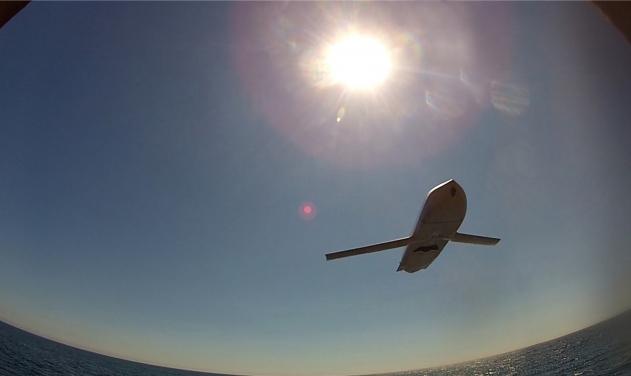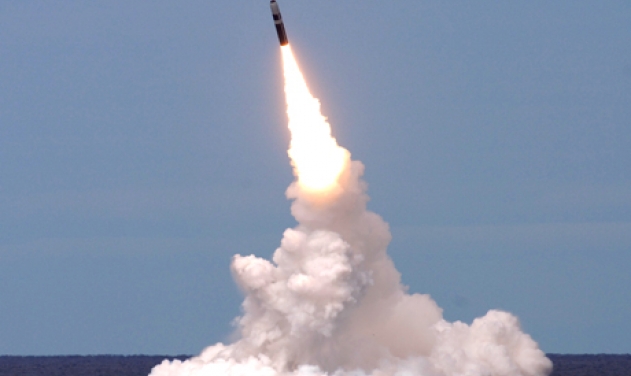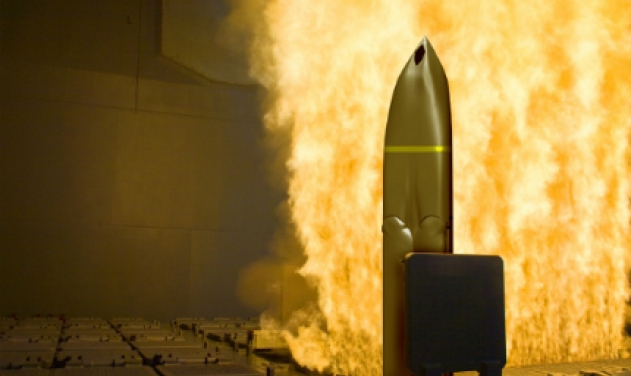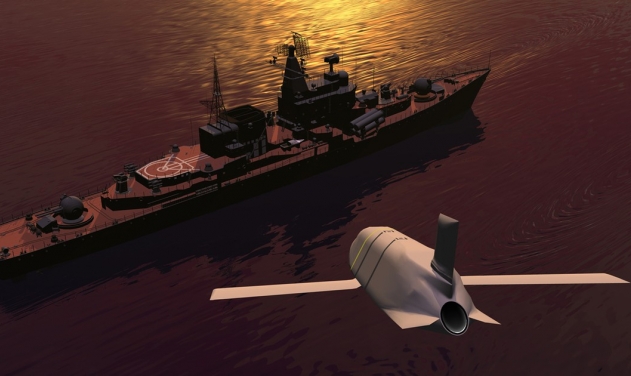Lockheed Martin Demonstrates Anti-Ship Missile's Surface Ship Launch Capability

Lockheed Martin has test launched the Long Range Anti-Ship Missile (LRASM) surface-launch variant Wednesday from a topside canister.
The flight test took place at White Sands Missile Range, New Mexico. The missile has ability to conduct an angled launch from the newly designed topside canister, replicating a ship-launched environment, the company announced Thursday.
During the test, the LRASM, its Mk-114 booster and booster adapter ejected cleanly from the topside launcher using the same launch control and launch sequencer software currently employed by the Mk-41 Vertical Launch System (VLS).
"This flight test demonstrates Lockheed Martin's readiness to answer the US Navy's call for lethal, longer range anti-surface warfare capabilities as part of the 'Distributed Lethality' concept," said Scott Callaway, Subsonic Cruise Missile director at Lockheed Martin Missiles and Fire Control.
Along with the VLS launch capability of LRASM, this topside canister with an angled launcher allows the LRASM surface-launch variant to be employed aboard various platforms in the Navy's surface fleet, providing the potential for a powerful new anti-ship role under the U.S. Navy's "Distributed Lethality" concept of operations.
The LRASM surface-launch variant is built on the same production line as JASSM, JASSM-ER and LRASM air-launch weapons, delivering the same long-range, precision capability while benefiting from manufacturing efficiencies.
LRASM is a precision-guided anti-ship missile that leverages the successful JASSM-ER heritage, and is designed to meet the needs of U.S. Navy and Air Force warfighters in a robust contested environment.
The air-launched variant provides an early operational capability for the Navy's offensive anti-surface warfare Increment I requirement to be integrated onto the U.S. Air Force's B-1B in 2018 and on the U.S. Navy's F/A-18E/F Super Hornet in 2019.













